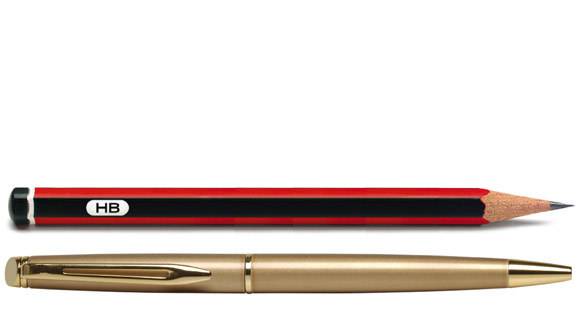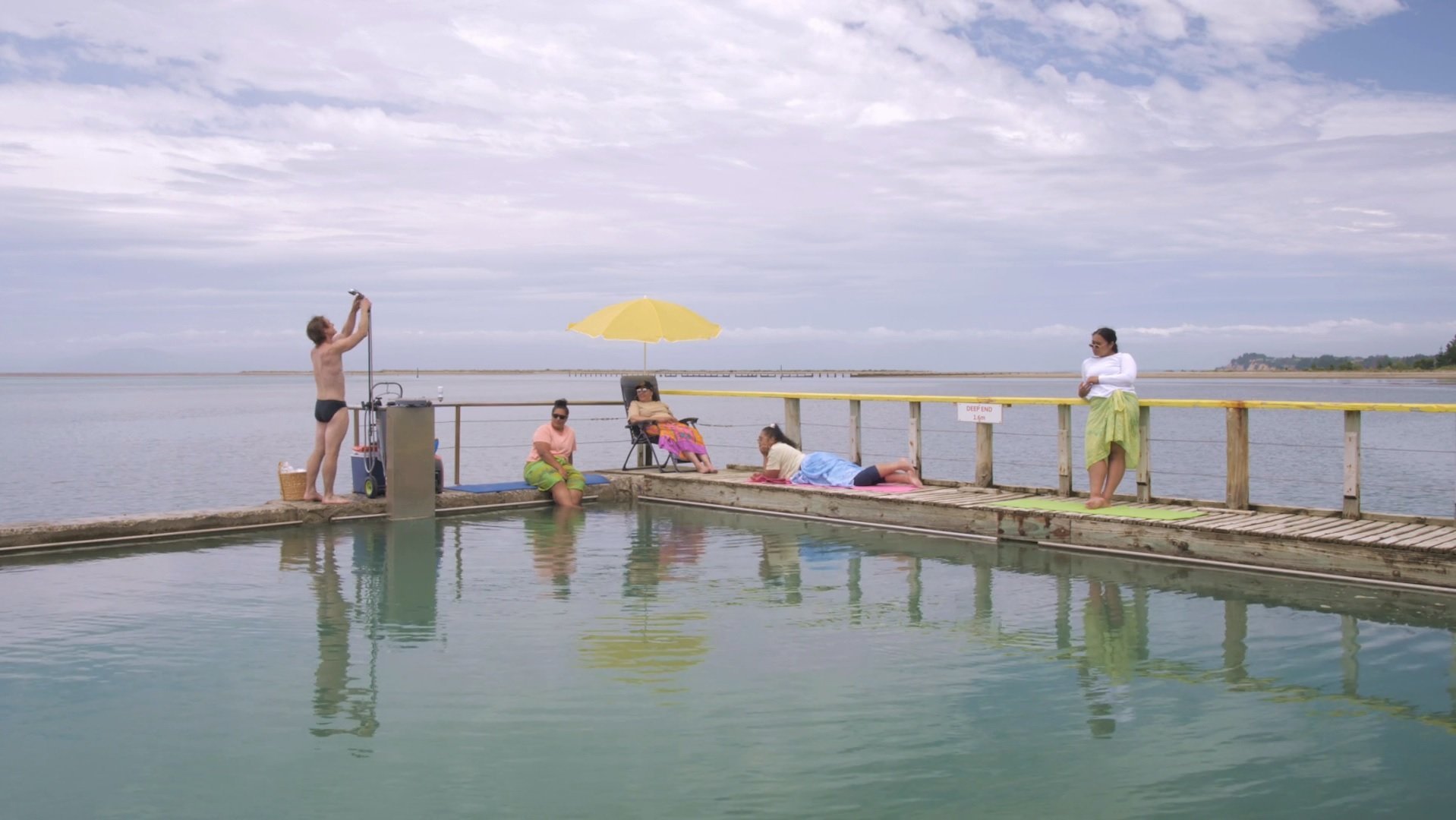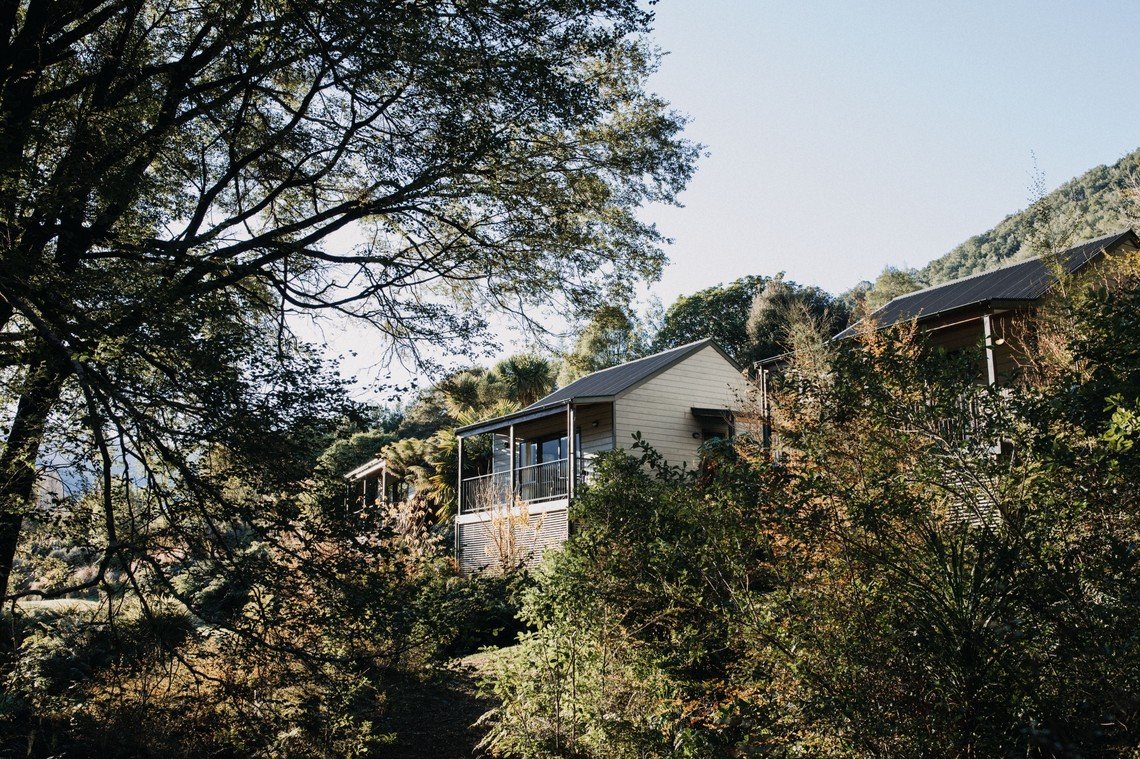Back to school, back to work … but should you reach for pens or old-fashioned pencils?
Back to work, back to school—when gearing up with new stationery supplies, should you reach for pens or old-fashioned pencils?
Disposable pens always seem to be rolling around the glovebox, the junk drawer in the kitchen or at the bottom of our handbags—except for that moment when we need one.
There are an awful lot of pens in the world. Four years ago French giant Bic sold its 100-billionth disposable ballpoint pen—and still they come. Lay 100 billion pens end-to-end and you’ll reach around the earth 348 times. And that’s just one kind of pen from one manufacturer.
What happens to the many pens that come and go so casually from our lives? As most so-called ‘disposable’ pens are made from non-biodegradable plastic, they’ll no doubt end up sitting in a landfill, practically forever. Stop to consider how many hundreds of pens you’ll likely go through in a lifetime and you might start to see the super-cheap, super-convenient disposable pen in a new and slightly sinister light.
One simple solution: where possible, choose pencils over pens. Get yourself a good sharpener and embrace the simple tactile pleasure of starting a task with a clean sheet of paper and a pointy pencil.
The humble pencil, made with wood and a lead, is completely compostable (except for the metal bit on pencils with erasers). Despite the misleading name, the lead in pencils is not the lethal kind—pencils mostly contain graphite (a naturally occurring mineral), charcoal and clay. Unless painted or lacquered with something dodgy, they’re also non-toxic, so any shavings can be add to the compost.
It pays to be picky about your pencils. Where the wood comes from is a potentially knotty issue, and cheap, unbranded pencils can be painted with unknown substances and contain leads that break easily.
Look for established brands such as the German-based Staedtler, a company with a solid reputation around pollution control and a number of environmental awards. The Staedtler pencils available for purchase in New Zealand are painted in non-toxic lacquer and made with wood from Malaysia, says New Zealand manager Wayne Greer. Nine years ago the company started a joint research project with the Malaysian Government into the reforestation of the tropical tree jelutong, a wood commonly used to make pencils.
You can even go wood-free. The Earth Rite pencils from OfficeMax’s eco range are made in India from recycled newspapers.
Admittedly, the pencil is not the tool for every job—you can’t write a cheque in pencil, for instance. When you need the permanence of ink, consider reaching for a better class of pen. The classic fountain pen might be a dying stationery item, but what about a modern refillable model?
Pilot’s award-winning Begreen pens, for example, are made from at least 65 percent recycled plastic waste. Staedtler doesn’t have a dedicated range of eco products, but uses a percentage of reground material in all its pens.
And before buying any more stationery, what about rounding up all those stray pens and pencils already languishing in the dark corners of your house? After years of buying new pen and pencil packs before every school term, our household had a stationery muster and we were amazed at what surfaced: 40-odd pencils, twice as many pens and a simply scary number of coloured felts. There were enough erasers of different shapes and colours to fill a large jar. Once everything was sorted into containers, all pencils freshly sharpened and felts reunited with lids, we were set to head into the new school year without a cent spent—on writing implements, anyway.







